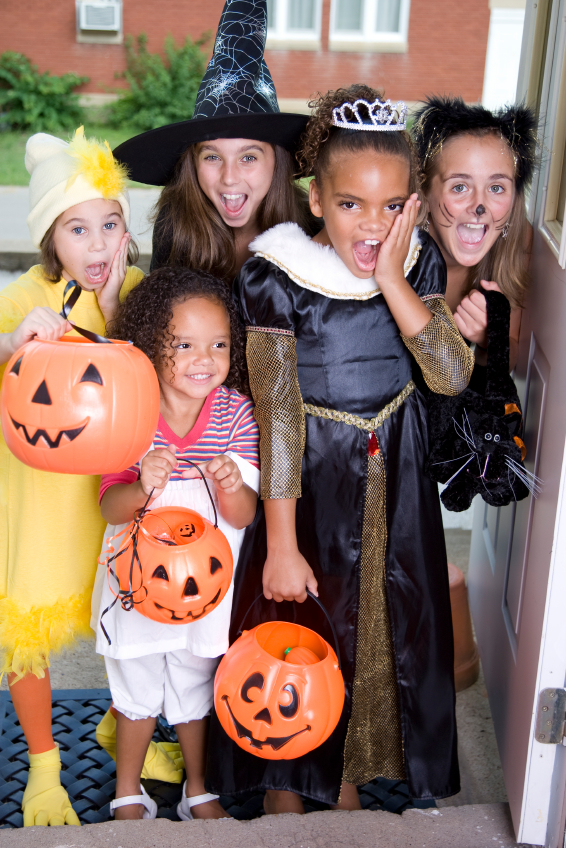Here are some tips from the Centers for Disease Control and Prevention (CDC) to make sure the kids have a BOO-tiful time on Halloween by preventing any BOO-hoos from happening.
S Swords, knives, and similar costume accessories should be short, soft and flexible.
A Avoid trick or treating alone. Children under the age of 12 should not be alone at night without adult supervision. If kids are mature enough to be out without supervision, they should stick to familiar areas that are well lit and trick-or-treat in groups.
F Fasten reflective tape to costumes and bags to help children be more visible to drivers.
E Examine all treats for choking hazards and tampering before allowing children to eat them. Limit the amount of treats eaten and remind children to eat only treats in original, unopened wrappers.
H Hold a flashlight while trick-or-treating. Glow sticks are also good for visibility (remember that the liquid in glow sticks is also hazardous, so remind children not to chew on or break them).
A Always test makeup in a small area first and remove it before bedtime to prevent possible skin and eye irritation. Look for “non-toxic” labeling when choosing Halloween makeup.
L Look both ways before crossing the street. Use established crosswalks wherever possible.
L Lower the risk for serious eye injury by not wearing decorative contact lenses.
O Only walk on sidewalks whenever possible, or on the far edge of the road facing traffic to stay safe.
W Walk, don’t run from house to house. Wear well-fitting masks, costumes and shoes to avoid blocked vision, trips and falls.
E Eat only factory-wrapped treats. Avoid eating homemade treats made by strangers.
E Enter homes only if you’re with a trusted adult. Only visit well-lit houses.
N Never accept rides from strangers.
Note: According to Safe Kids Worldwide, on average, children are more than twice as likely to be hit by a car on Halloween as on any other day of the year.

